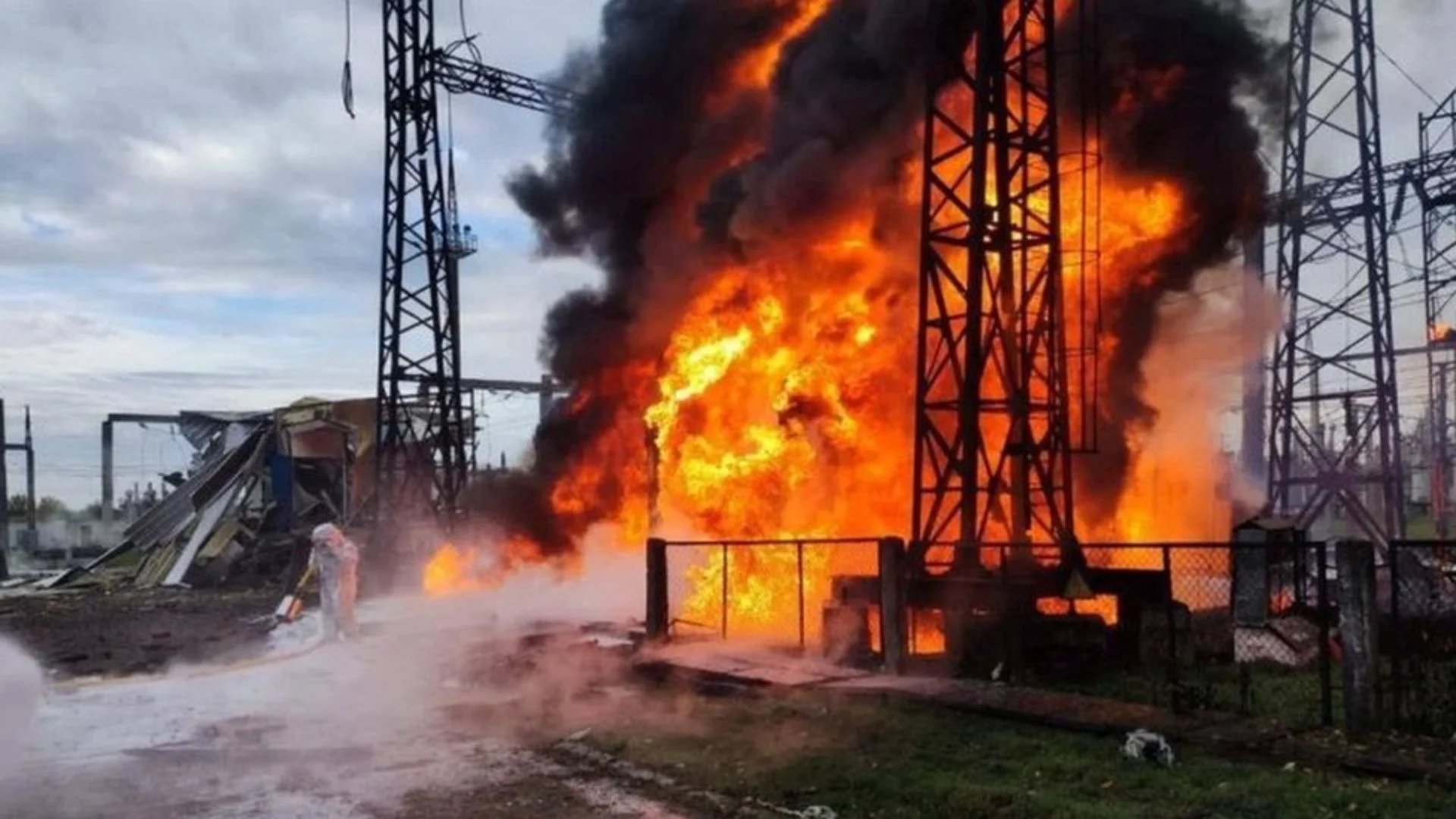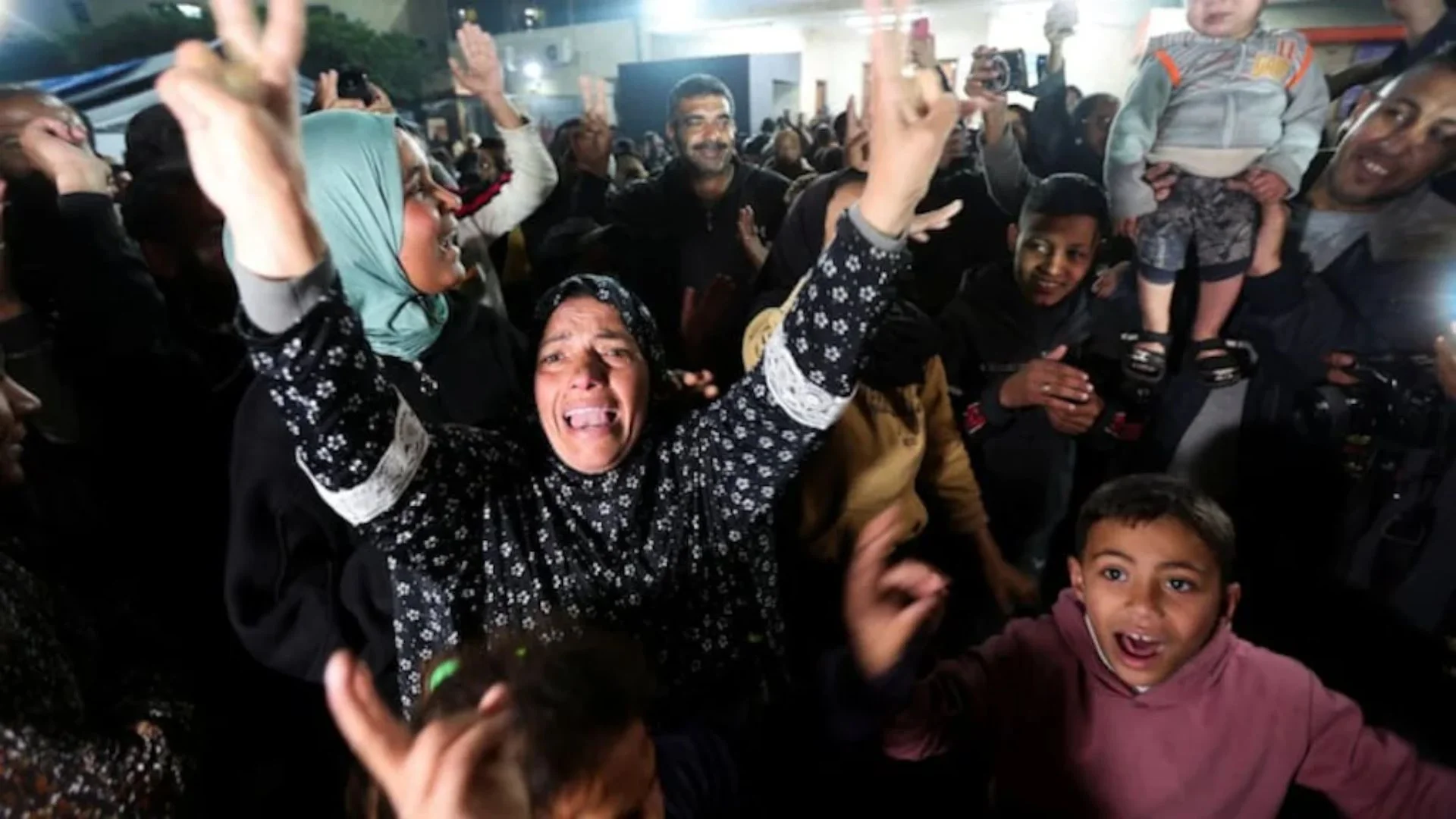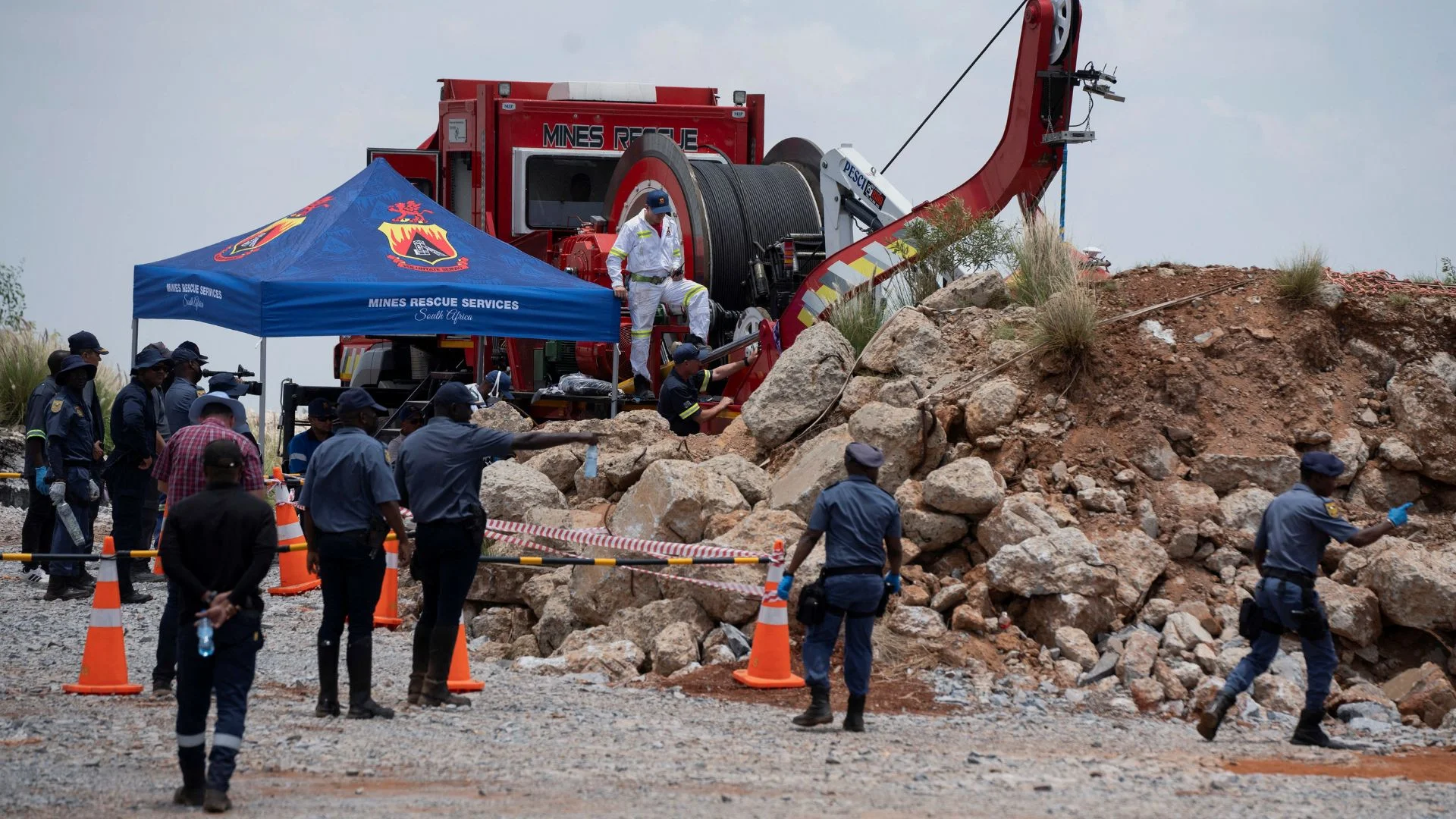INTRODUCTION
Recently Supreme Court struck down the Government of Maharashtra order in which it was decided to give reservation to Marathas. This particular decision of Maharashtra government was violating the well-established ceiling limit of 50%. After this parliament passed Constitution (One Hundred and Twenty-Seventh Amendment) Bill, 2021. While debate was going on the bill, a statement was also made by one parliamentarian, Asaduddin Owaisi where he urge government to lift the cap of 50% on reservation quota. So some fair and reasonable question here need to be addressed. Can the State in the zeal of promoting backward class ignore all together the other? Doesn’t it violates the basic right to equality of rest of the community not the part of reservation?
The concept of ‘Reservation’ can be understood in the backdrop of the historical injustice that happened in past. The Indian society has unique social structure. This society is divided mainly in four class in the form of caste. Few caste or class did not get well resource due to this caste system so they could not got progress with time. They faced lots of exploitation and injustice. This injustice led to inequality in the society. Therefore to bring socio economic equality in our society different constitutional provision is there. The notion of reservation is bought to uplift the disadvantaged and downtrodden people. In order to secure socio-economic justice to the vulnerable class the provision of reservation is made in our constitution. After the advent of constitution the government of India started its initiative to provide reservation to backward classes in order to fulfil theircommitment.
Reservation is an affirmative action taken by state which implies enforcing equal opportunity. Affirmative action of state means that the policy and programme of state by which state machinery tries to redress the past injustice through the active measures to ensure employment and education for the disadvantaged class. United States favours members of disadvantaged group who have suffered within a culture/system in the name of positive action. Employment equity in Canada is positive action by state. In the same way the concept of reservation is affirmative action of state in India to bring equality in unequal. So we can conceive affirmative action is something to protect people from the present effects stemming from past discrimination. Although the positive action policies are controversial in nature but it pervades in one and other form. Some of the affirmative action are like gender quota, racial, religious and caste quota. The fundamental reason to take affirmative action in Europe was rampant slavery and segregation. In India the caste system led to backwardness, social exclusion, segregation, discrimination and exploitation of certain communities which necessitated affirmative action in India. The caste based reservation is unique kind of affirmative action that is taken by state to uplift the backward and downtrodden section of society. In this affirmative action, state provide reservation to backward section or class by reserving jobs and providing some special facilities for their uplifting.
Constitution of India gives the commitment and mandate for the protective discrimination. Constitution of India grantees the right to equality. Right to equality means that one shall be discriminated on the basis of caste, creed, class, sex, place of birth, race and religion. Everyone shall be equal in the eye of law. The preamble of constitution of India guarantees the equality in terms of status and opportunity. The part III of the Indian constitution deals with fundamental right. This part contains Article 14, 15, 16, 17 and 18 which assures the right to equality under constitution of India. The specific application of article 14 is laid down in succeeding articles 15, 16, 17 and 18. Part IV of the constitution deals with Directive Principal of State Policy which is provides the guiding principle to the state. Under this part Article 46 is there which says that the state shall take special care of educational and economic interest of weaker section.
CONSTITUTIONAL FRAMEWORK
Article 14 of constitution of India states that ‘The state shall not deny any person equality before the law or the equal protection of the laws within the territory of India’. Thus the article 14 uses two expression ‘equality before the law’ which is of English origin and the expression ‘equal protection of law’ has come from American constitution. Equality before law is a negative concept. It shall ensure that there is no special privilege in favour of individual. It implies that everyone shall be equal subject of the ordinary law of land and no person is above the law. Whereas, equal protection of law is a positive concept. It does not mean that identical law will apply to all people irrespective of their circumstances. It means equal treatment of people in equal circumstances. It implies that application of law without discrimination and also application of laws alike to all person similarly situated.
The article 15 is more specific then article 14 under constitution of India. It provides for a particular application of article 14. Clause 15(1) of Article 15 is general prohibition. It prohibits the state from discriminating between people on the ground or the basis of religion, caste, sex, and place of birth or any of them. So law would be invalid if it discriminates on any of these grounds. Whereas clause 15(2) is specific application of 15(1). Clause (3) of Article 15 is one of the exception of general rule laid down in in clauses (1) & (2) of article 15. It empowers the state to make special provision for women and children. According to this clause nothing in article 15 shall prevent the state from making any special provision for women and children. After the judgement of State of Madras Vs Champakam Dorairarajan clause (4) of article 15 was added. It is another exceptions to general rule laid down in clause (1) and clause (2) of article 15. It enable the state to make special provision for socially and educationally backward class of citizen or for the schedule castes and schedule tribes.
After the judgements of TMA Pai Foundation V State Of Karnatka & P.A.Inamdar V State Of Maharashtra in which court held that government can’t make provision for reservation in privately run educational institution, parliament inserted clause (5) of article 15. Parliament by 93rdamendment inserted article 15(5) in constitution of India to nullify all these judgement. According to this clause sate can make special provision for the advancement of any socially or educationally backward classes of citizens or for the SCs & STs in relate to admission in educational institutions whether it is aided or unaided by state. This clause mention one exception to this provision that minorities educational institution under article 30(1) is not included. This 93rdconstitutional amendment was challenged in Supreme Court of India and upheld by the court.
The most recent clause under article 15 was clause (6) which has been added in our constitution through 103rd constitutional amendment act 2019. This clause (6) provides 10 percentreservation to economically weaker section from the upper caste of society for admission to central-government educational institutions and private educational institution except for minority educational institution whether aided or unaided by the state. Parliament also made certain criteria to define economic weaker section on the basis of family income and indicators of economic disadvantage. This amendment crosses the ceiling limit of 50% which was established by Supreme Court of India in Indira Sawhney Judgement.
Article 16 of the constitution gives the principle of equal employment opportunity which applies to access to jobs, conditions of employment, and relationships in the work place and the evaluation in performance. Article 16(1) of the constitution of India guarantees equality of opportunity in matters of employment or appointment to any office under the state for all the citizens. Clause (2) of article 16 says that no citizen shall be ineligible for or discriminated in respect of any employment or office under state only on the ground of religion, race, caste, caste, sex, descent, and place of birth, residence or any of them. So, State shall treat every citizen equally in matter of appointment and public employment. Clauses (1) & (2) of article 16 is general rule of equality of opportunity in matters of employment or appointment to any office under the state and that no citizen shall be ineligible for or discriminated in respect of any employment or office under state only on the ground of religion, race, caste, caste, sex, descent, place of birth, residence or any of them. Both clauses mandate the state that not to discriminate the citizens on mentioned ground only in respect of employment or office under the State. Clause(3) of Article 16 enable the parliament to make any law prescribing residence within the state as mandatory condition for particular class of appointment andemployment for the specified state under schedule 1 and any local or authority. It thus makes exception in appointment and employment and restricts clause (2) of article 16. A non-resident cannot be denied employment in any state.
Article 16(4) of constitution provides reservation to the backward class about whom state has the opinion that they have not proper representation in the service of the state. So two compelling circumstances under which state provides reservation under the clause 4 of article 16 is backwardness and inadequate representation in state services. The Article 340 of the constitution has the provision to establish commission for deciding the backwardness. Clause 4A of article 16 flows from its clause 4. Article 16(4A) of constitution provides reservation to SCs & STs which, in the opinion of state are not adequately represented in the services under the state. This reservation must be consistent with the efficiency in administration. 85th constitutional amendment act amended the Article 16(4A) by the substitution of “in matters of promotion with consequential seniority, to any class” in place of “in matter of promotion to any class”. This was challenged and court upheld its constitutional validity. Clause 4B of Article 16 was inserted by 81st amendment of constitution in 2000. This Constitutional Amendment allowed the State to carry forward unfilled vacancies from previous years to next year and to breach the 50% ceiling set on reservation for SCs, STs and OBC which could not be filled up due to non-availability of eligible candidates. Article 16(5) says that state is competent enough to make reservation for the religious office related to particular religion.
Article 46 of the constitution mandates the state to take special care for SCs, STs and weaker sections. It says that state take care economic and educational care of SCs, STs & economic weaker section and protect them from social injustice and all form of exploitation.
Constitutional string of Reservation can be called to Articles14, 15 and 16. Preamble of constitution of India guarantees the right to equality. This commitment can be seen through the articles 14, 15 & 16. These article provides the provision of reservation by which state takes affirmative action to bring equality.
EVOLUTION OF RESERVATION BY JUDICIAL PRECEDENTS
Supreme Court of India by its precedent shaped the modern reservation system. It started with case of ChampakamDorairajan case where court held reservation invalid. This judgement led to the first constitutional amendment. Then it went to many landmark cases like Balaji, Indira Sawhney, Ashok Thakur, M Nagraj, jarnail singh and many more cases. Here I am going to deal with detail discussion how today’s reservation system evolved through judicial precedent.
In the State of Madras Vs Champakam Dorairajan case, government of Madras by a government order madereservation in seats of State Medical and Engineering Colleges for different communities on the basis of religion, race and caste in certain proportion. This was challenged by respondent on the ground of violation of article 15(1) and 29(2) of the constitution. The government contended this reservation is made to promote social justice for all sections of people as required by Article 46. The Supreme Court of India held that the government order is void since it discriminates student on the basis of religion, race and caste instead of merit. Court held that fundamental rights cannot be override by directive principle of state policy.
To modify this judgement the parliament of India amended the article 15 through the first constitutional amendment and inserted clause (4) in this article.
In the Balaji V State of Mysore case, Government of Mysore order to reserve 68% seats in Medical and Engineering College for different communities under article 15(4). This order declared that every community except Brahmin community is socially and educationally backward. Reservation was made in favour of SCs, STs and Socially and Educationally Backward communities. This socially and educationally community was again divided into backward classes and more backward classes. This order was challenged on the ground it’s unconstitutional. In this case court held that the sub-classification of backward class into ‘backward class’ and ‘more backward’ class was not justified under article 15(4). Court held that backwardness dealt in article 15(4) must be social as well as educational and not either social or educational. Caste cannot be sole criteria to decide whether any class is backward class or not though caste can be relevant factor to decide backwardness. Court held that the order in which reservation of 68% for backward class is made is invalid since article 15(4) is enabling provision not exclusive provision for backward classes. Court pointed out that the special provision of reservation must be less than 50% and the extent of the special provision depends on relevant prevailing circumstances in each case.
In Devadasan V Union of India case constitutional validity of ‘carry forward’ rule was challenged. ‘Carry forward rule’ was a concept framed by government to regulate appointment of persons of backward classes in Government services. According to this rule if in any appointment was made in which there are not sufficient number of candidates belonging to SCs & STs available then that vacancies which remained unfilled would be treated unreserved and filled by new available candidates. Consequently 68% of the vacancies were reserved for SCs & STs. This was challenged in Supreme Court. The Supreme Court of India by majority of 4 to 1 stuck down the ‘carry forward’ rule on ground that it is unconstitutional. Court held that Article 16(4) of the constitution does not enable the state to make provision so as to deny reasonable equality of opportunity in matters of public employments for members of classes other than backward classes. Court pointed out that each year recruitment must be considered by itself. Court held that reservation for backward classes should not create monopoly for particular class or interfere with the legitimate claims of other communities. So the court concluded, reservation for backward class should not cross the ceiling limit of 50 percent and the extent of reservation would be determined by the prevailing circumstances in every particular case.
In State of Kerala V N.M.Thomas case, court made the observation that the application of measures to ensure equality of services for the unrepresented classes after satisfying basic needs of efficiency of administration does not violate the rule of equality under Article 16. Court held that article 16(4) is not the exception of article 16(1) but one of the methods of achieving equality embodied in article 16(1). It means that the State can make reservation to the extent of 80% in appropriate cases.
In A.B.S.K. Sangh (Rly.) V Union of India case, court upheld the validity of ‘carry forward rule’. In this case 17% reservation was made for SCs & STs candidate which was extended for 2 to 3 years. This led to the reservation quota 64.4 %. But the court held that this was not excessive as mathematical precision could not be applied in dealing with human problems. Justice Krishna Iyer pointed out that some extent will not affect the reservation but the substantial extent will void the selection. In this case majority permits the reservation beyond 50% but subject to judicial approval. Finally, court upheld 64.4% reservation on the ground that it is excessive.
In Indiara Sawhney V Union of India case, the government on Mandal commission report order to reserve 27% government jobs for other backward class provided creamy layer among them. This order was challenged on the ground that it violates the basic structure of the constitution. This order was upheld by the 9 judge bench of the Supreme Court by 6:3 majority. Court struck down the order of the government for reserving 10% Government jobs for economically backward classes among higher classes. Court also held that the extent of reservation should not exceed 50 percent. Court considered that in extraordinary situation like when people living in remote or in far flung areas who because of their peculiar conditions need a different treatment this rule can be relaxed. But in that case State must take special caution. The court reaffirmed the rule led down in Balaji and Devadasan and overruled the Thomas and Vasanth Kumar case. Court relied on the speech made by Ambedkar in the Constituent Assembly where Ambedkar said “reservation must be confined to a minority of seats”. Court pointed out that the clause (4) of article 16 talks about adequate representation not about proportionate representation. If the member of SC & ST is selected on the basis of merit in the open competition then he will not be counted as reserve quota. The rule of 50% shall be applicable to reservation proper only not to relaxations or concessions, exemptions provided to backward classes. The court also held that the ‘carry forward rule is valid in which the unfilled vacancies are carry forward to next year is valid provided it should not crosses ceiling of 50%.
In Chebrolu Leela Prasad V state of Andhra Pradesh case constitutional validity of government order in which 100% reservation was made in favour of schedule tribe candidates for the post of teachers in the schools in the schedule area of Andhra Pradesh was challenged. The issue raised in the case was weather the reservation to the extent of 100% is permissible under the constitution. Court held the 100 percent reservation to schedule tribe is invalid, unreasonable, unfair and arbitrary. Court said giving 100% reservation to schedule tribe has disadvantaged the opportunity for other community. The court pointed out the judgement of Indira Sawhney case and said that the main idea behind the reservation is adequate representation not proportionate reservation. So the notification issued by Andhra Pradesh government is arbitrary and unreasonable and it violates the Articles 14, 15 & 16 of the constitution.
CRITICAL ANALYSIS OF THE CEILING LIMIT OF 50% IN RESERVATION IN THE BACKDROP OF SUPREME COURT DECISION
The Supreme Court of India by its judicial pronouncement has made it clear that the state can make reservation as long as it does not crosses the limit of 50%. After the judgement of Champakam Dorairajan case parliament inserted the Article 15(4) to modify the judgement. In the Balaji case state made reservation under the clause (4) of article 15 exceeding the limit of 50%. Court held the reservation invalid and said that state cannot ignore altogether the rest of the society on the zeal of promoting the backward class. Finally the ceiling limit of 50% with certain exception was upheld in Indira Sawhneycase and affirmed the Balaji case and overruled the judgement of Thomas case. In the most recent case Chebrolu LeelaPrasad V state of Andhra Pradesh Supreme court of India again upheld the limit of 50%. Thus this 50% ceiling limit is constitutional rule but in exceptional circumstances like for far flung and remote areas this limit can be relaxed.
Our constitution has given us the right to equality as fundamental right. Right to equality means treating equals equally but treating unequal equally. Due to historical injustice to some backward classes they cannot be treated equally with rest of the society. Therefore to bring socio-economic equality in our society different constitutional provision is there. The notion of reservation is bought to uplift the disadvantaged and downtrodden people. But in numerous cases court held that reservation is about adequate representation not poverty eradication. The State would not be justified if in the zeal to promote the backward class the state will altogether ignore the rest of the society. If the state will compromise with the merit in admission in educational institution or in the employment in the Government jobs then it would affect badly the nation interest. Court in its decision held that the clause 4 of Article 15 is not exclusive provision but enabling provision to make special provision for backward classes. Clause 4 of Article 16 talks about adequate representation not about proportionate representation. The reservation exceeding 50% is unreasonable and unfair for the rest class. It would violate article 14, 15 and 16 of the constitution of India. However, in the extraordinary circumstances the 50% rule can be relaxed in favour of people living in remote areas of the country because of their peculiar conditions they need different treatment. In Union of India V Rakesh Kumar court allowed the reservation excess of 50% limit on the ground of extraordinary circumstances.
The parliament of India through 103rd constitutional amendment amended article 15 & 16 inserted Article 15(6) & 16(6) in our constitution and made provision of 10%reservation in favour of economic backward classes other than SCs, STs and OBCs. This will lead to crossing of 50% ceiling limit. There are number of petition has been filed against the amendment on the ground it violates basic structure of the constitution. Petitioner contention is that economic criteria cannot be sole basis of reservation. Supreme Court headed by Justice SA Bobde found that the petition has involved ‘question of law’ so it is transferred to 5 judge constitutional bench. In my eyes, the amendment violates the basic structure of the constitution. This amendment damages the constitutional identity of the Articles enshrined in the equality code. This constitutional amendment can be struck down by the Supreme Court if it affects the basic structure of the Constitution.
Right to equality is basic structure of the constitution. The provisions of reservation is to uplift the backward class and to bring them at the same level of the other class. But reservation should not be used to nullify the basic idea of equality. Rest of the people cannot be ignored in the zeal of promoting backward class. If merit will not allow to take admission in educational institution or in government services then it would seriously affect the interest of nation.























